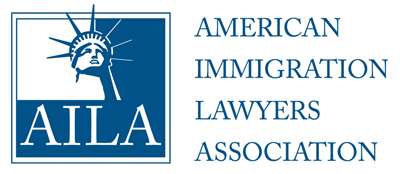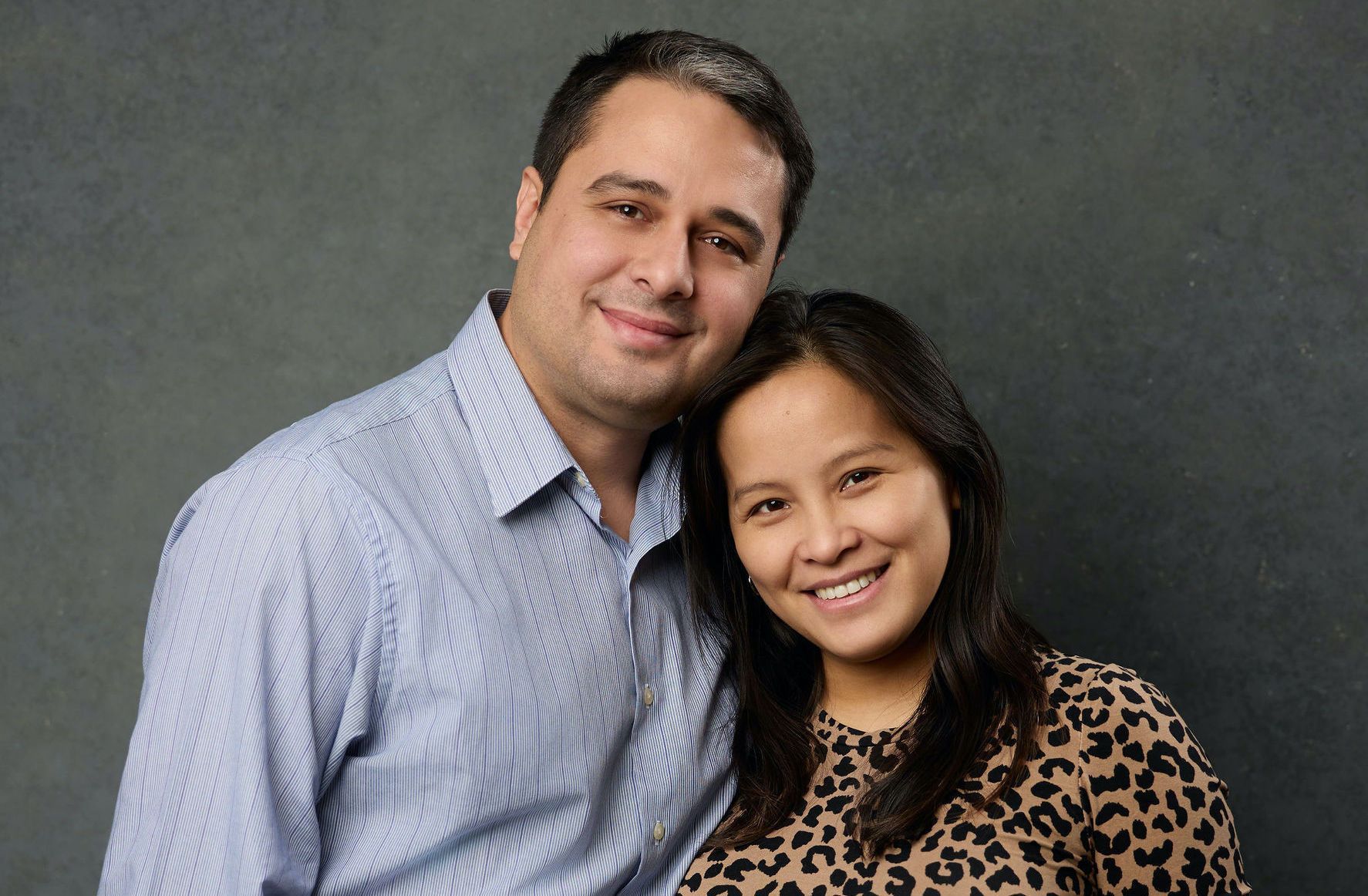USCIS Marriage-Based Adjustment of Status Interview in 2021: Tips and Tricks

Congratulations on making it to the USCIS Green Card Interview! It could have been a long or short process, that tested your patience and tested your relationship. This Post will cover the many topics or questions people may have regarding the Interview. Our Law Firm primarily handled USCIS Interviews at the USCIS Raleigh-Durham Field Office; however, it is applicable to any Field Office.
The help focus on specific parts of the Interview, areas have been listed below for easier navigation:
The Interview Notice and What to Bring?
Never lose this notice! An interview notice states when and where the interview will be, it allows access into the USCIS Building, and it gives a checklist of everything to bring. Please bring, literally, everything!
The Green Card Interview, when based on marriage, focuses on the validity and strength of the marriage. Supporting documents must be brought to the interview even if already submitted. As a reminder, you should bring:
- Photos
- Communication Logs
- Joint Taxes
- Joint Bills
- Joint Bank Statements
- Joint Lease
- Joint Military Documents
- Proof of joint trips and dates to concerts, baseball games, or other ticketed sports
Anything to prove a relationship is reviewed at the interview.
If you need further guidance on Marital Evidence, please see our Following Posts:
Do I need to redo my I-693 Immigration Medical?
The I-693 is valid for 2 years if submitted with the initial I-485 Filing. If the medical exam is more than 2 years old, then a new one would be mandatory.
For Fiances, if the Consular Medical was performed more than 1 year prior to the interview, then it is recommended to acquire an I-693, as the prior medical would be deemed “expired.”
Do I need to redo my I-864 Affidavit of Support?
The I-864 is directly tethered to a Tax Year. So, if the filing started and is being interviewed with the “most recent tax year being the same,” then No. If the tax year has changed, then Yes.
If employment of the Petitioner changed during the Adjustment of Status, then the I-864 must be updated, regardless of the tax year rule mentioned above.
As a good rule of thumb, all paystubs must be updated. For instance, if the I-864 has paystubs from January 2020 to December 2020, then Paystubs should be updated from January 2021 to Present/time of interview.
Why Do We Recommend sending the USCIS Immigration Officer an Introductory Letter?
The USCIS Immigration Officer has to review a lot of information, a lot of evidence. A timeline of the relationship and a brief introduction can go a long way. The easier you can make the review for your USCIS Officer, the quicker the processing can be. The Goal is to get a Green Card, and if 1 sheet of paper can save days or weeks of waiting, that 1 sheet of paper is very valuable.
More information found here:
Do I need to bring Identification?
YES! You MUST bring a valid, unexpired form of Identification to USCIS in order to enter the building and attend the interview. If the Government can’t confirm Identity, how would they know you are who you say you are.
To prove identity, the officer will request the following original documents (paper copies are insufficient):
- Driver’s License (if any)
- Passport
- Foreign ID
- Employment Authorization (EAD) Card
What are Common Relationship Questions?
For a marriage-based petition, the couple should be very prepared and know everything about their spouse. Common marriage-based green card interview questions are as follows:
- how did you meet?
- where did you go on a first date?
- who proposed?
- did you meet each other’s family?
- where do you live?
- who wakes up first in the morning?
- what does the spouse do for work?
- who cooks?
- when does a spouse arrive home from work?
- who handles the finances? pays the bills?
- how many cars do you have?
- what are the names of the in-laws?
- What is your spouse’s middle name?
- Biographical Information Placed on the Forms
- The Officer may ask to match the spouse’s keys
- The Officer may ask about stories surrounding Spousal Photos
- The Officer may ask about the wedding witnesses
Are the Interviews done with the Spouse’s Separate or Together?
In Durham, NC, the interviews are generally conducted together when USCIS receives a sufficient amount of evidence in the initial filing, and they have no doubt about the relationship.
However, no spouse should be afraid of a “separate interview” (also knowns as a Stokes interview), since spouses SHOULD be able to easily answer questions about the relationship and details about the marital home.
How Important are the I-485 Eligibility Questions?
The Officer will ask the numerous I-485 Questions and determine overall eligibility to receive a Green Card. Any “YES” answers marked on the I-485 should be thoroughly prepared for as they relate to the eligibility for receiving a Green Card.
What happens if my military spouse is on deployment or training during the USCIS Interview?
Attendance of the Immigrant is still mandatory; however, the Military Orders or Letter from the Spouse’s Command would explain why they could not attend the USCIS Interview. Since serving the Military is for “Government Purpose,” their attendance would be excused. Again, the Immigrant attendance is mandatory and cannot be excused for a spouse’s deployment or training.
More information can be found here: /immigration/adjustment-of-status/military-related-question-what-to-do-if-my-active-duty-spouse-is-unable-to-attend-my-green-card-interview/
If you have any concerns, you should speak with a local Immigration Attorney, or you may contact Fickey Martinez Law Firm, P.L.L.C. to set up a Consultation.
Disclaimer: This Blog is made available by the lawyer or law firm publisher for educational purposes only as well as to give you general information and a general understanding of the law, not to provide specific legal advice. By using this blog site you understand that there is no attorney-client relationship between you and the Blog/Web Site publisher. The Blog should not be used as a substitute for competent legal advice from a licensed professional attorney in your state.
The post USCIS Marriage-Based Adjustment of Status Interview in 2021: Tips and Tricks appeared first on Fickey Martinez Law Firm.












